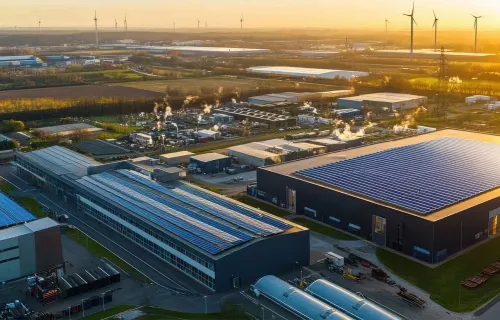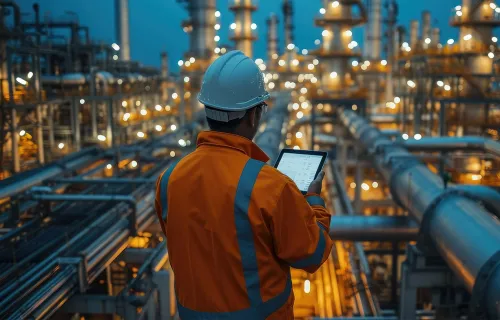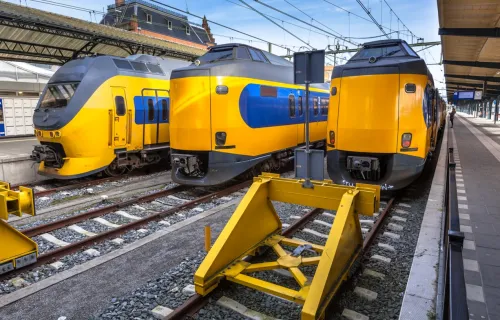CGI speaks with Volker Römmeler, Head of Smart: Region and Digital Transformation, Volkswagen
The use of vehicles is growing at a steady pace and digital services cover everything from route planning to transportation to paying for the trip. This Ratkaisu magazine* article, explores how this vision will become a reality before the end of this century.
Cities suffer from congestion and poor air quality, and major roads have long traffic queues. Relief is sought through traffic restrictions and prohibitions, however, pioneering cities have begun to tackle the problem through innovation. The aim is to organize future traffic around digital solutions and services. There are ongoing projects, for example, in Helsinki and several major European cities.
“We are in a situation where we have to consider and reorganize the future traffic. This does not only mean services, technology and infrastructure, but the approach cities or even larger areas take to promote the smooth transportation of people and goods,” says Volker Römmeler, Head of Smart: Region and Digital Transformation at Volkswagen.
Volkswagen (VW) is expanding its WeShare car sharing service in Hamburg and Berlin. In the first phase, more than 1,000 e-Golf and e-up! cars will be brought onto the streets of the North German port city. The first ID.3 cars in both Hamburg and Berlin will also be included in the service in 2020. (Since this article was first published, Volkswagen has announced the expansion of WeShare in Europe. Read more at: https://www.volkswagenag.com/en/news/2020/01/WeShare.html)
Alternatives to taxis and public transport
Hamburg aims to be the model city for future transport by reducing emissions, adopting new mobility services and collecting data for the development of transport. Among other things, the city has worked with VW to test autonomous driving and parking as well as MOIA electric cars. The all-electric vehicle is based on a VW van and passengers are classified based on their destination in the related ridesharing service. Customers use an application to order the MOIA service to a virtual stop and, on average, pay a price that is somewhere between the price of public transport and taxi service.
With the MOIA service, customers travel effortlessly in an electric car at a price that is between public transport and a taxi.
New services such as MOIA are important, but Römmeler thinks that the electrification of traffic, which reduces greenhouse gas emissions, is equally important. However, to successfully meet ecological objectives, charging infrastructure for electric cars is needed, and its development is only starting in many cities. Future smart cities will also require high-speed communications, data and the capability to fully take advantage of it.
“We must take a holistic approach to the challenges related to transport. It is not only about the transport of people and goods but also about data. We need algorithms, city-specific open data platforms and analytics for data processing. These are the things for which we want to find solutions together with our cooperation partners. CGI is a strong enabler especially when it comes to the integration of various technologies,” Römmeler says.
Fast networks and machine learning bring robot cars onto roads
Data communications connections and their performance are considered bottlenecks for the development of smart cities and intelligent transport. It is no wonder expectations from 5G are high. According to Römmeler, the possibilities 5G provides for transport have only recently been properly investigated for the first time, so at this point, it is difficult to estimate its concrete effects at a detailed level. However, it is known that 5G and machine learning models that deal with the interpretation of traffic will enhance data flows between vehicles and various platforms. This is very important for the smooth flow of traffic, traffic safety and the emergence of autonomous vehicles.
Römmeler points out that even though people will still own cars, there will be major changes in terms of car ownership and management. MaaS (Mobility as a Service) and related services are, for many people, more important than having their own car or a specific emblem on the hood. This will mean the emergence of entirely new B2B and B2C business models. “Customers using transport services want to get from A to B quickly and easily,” he states
The three cornerstones of smart traffic are:
- New transport services
- Fast data communications connections
- Data utilization
*Ratkaisu magazine is published several times a year by CGI in Finland.





